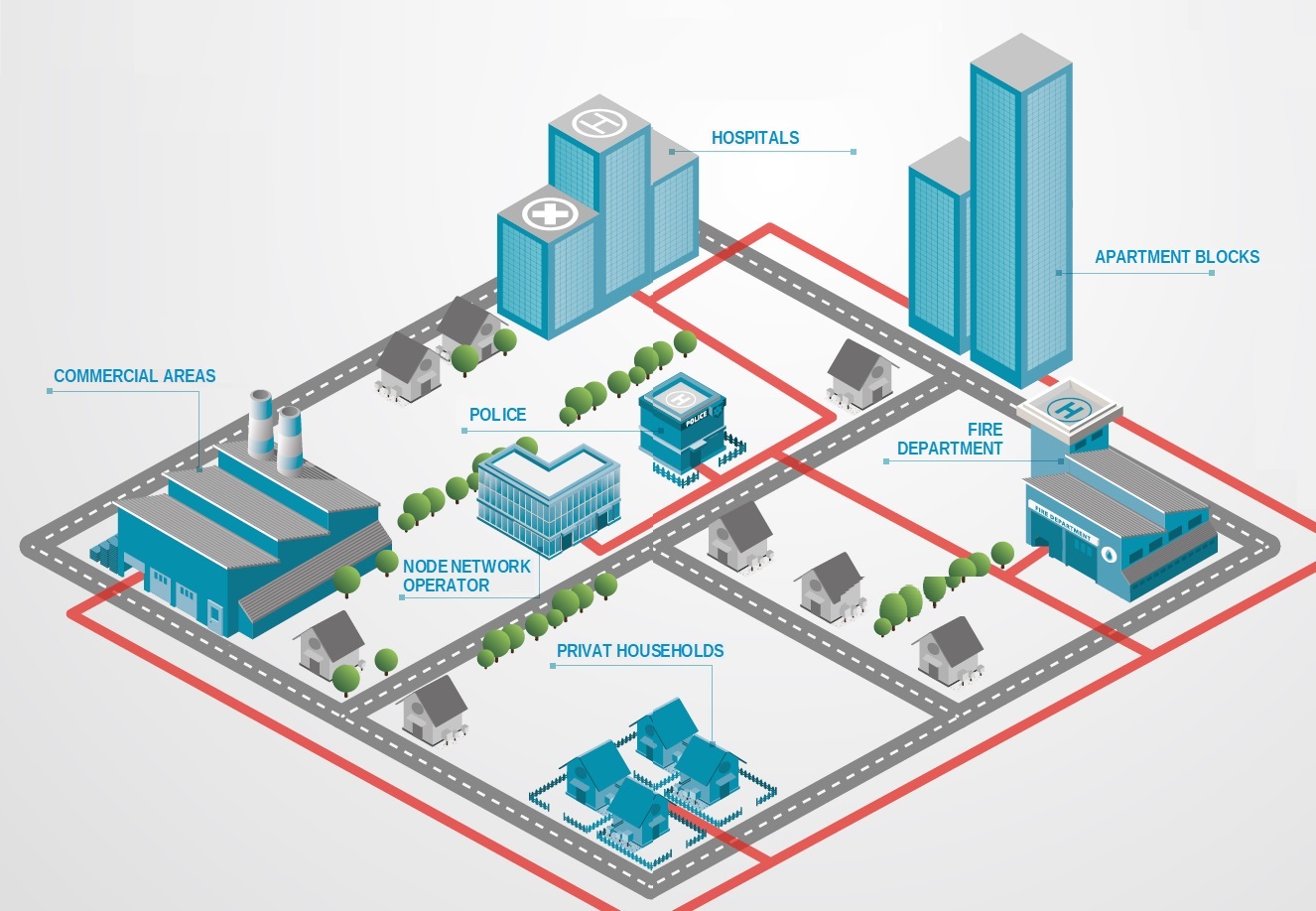
Fiber optic cables
Innovative fiber optic solutions for demanding applications
>>> Prices and availability on request!
SSB-Electronic, as an experienced and innovative cable supplier, offers fibre optic cabling solutions for communications – irrespective of whether it is an office block, hotel, hospital, sports stadium, television studio or tunnel.
SSB-Electronic as a partner of innovative cable manufacturers is available to assist you with all application questions. If you would like to implement a project - please contact us.
At SSB-Electronic, quality, precision, and innovation are our focus – including our fiber optic cables. Our high-quality fiber optic products offer reliable transmission at the highest data rates – even under the most demanding conditions.
Fiber optic cables for every challenge
With us, you'll find fiber optic cables that are precisely tailored to your application.
Whether standard cables or customized special solutions:
We supply fiber optic cables that are precisely tailored to your requirements.
Our fiber optic solutions in detail:
- Universal fiber optic cables for indoor and outdoor applications: robust fiber optic indoor and outdoor cables with a central loose tube design, featuring rodent protection, high crush resistance and high transmission reliability.
- Fiber optic cables for buildings with very high fire protection requirements: fiber optic cables with fire protection classes B2ca and Cca according to EN 50575 for installations in buildings with high occupancy, such as hospitals, daycare centers, or nursing / retirement homes, as well as in areas with high security requirements.
- Fiber optic cables for marine and offshore applications: fiber optic cables with DNV approval, developed for harsh environments and suitable for use on ships, oil platforms, drilling rigs and wind turbines.
- Do you need a customized solution? Please feel free to contact us! We offer fiber optic cables customized to your specifications – individual length, cable type or special environmental requirements.
Contact us – we will find the right fiber optic cable solution for your project!
You can also use our fiber optic cable configurator for your inquiry: to the request page

Powered by Froala Editor
Powered by Froala Editor




